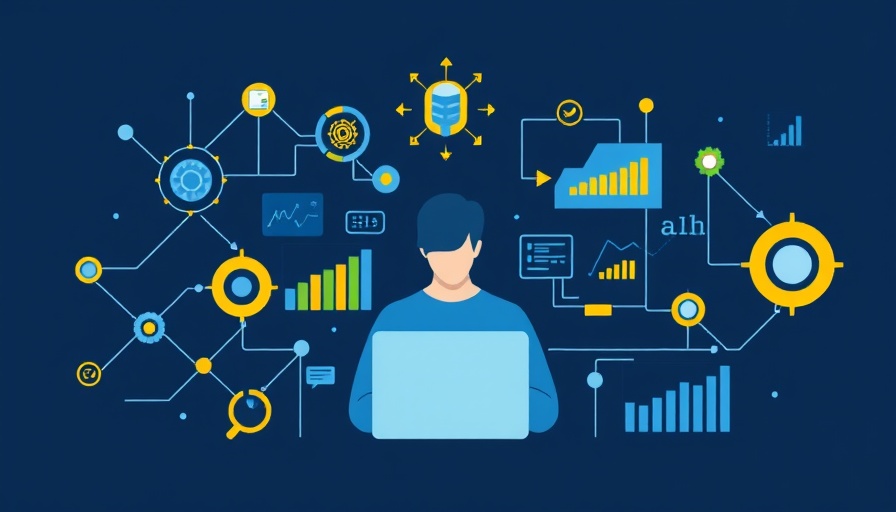
Why Networking Matters for AI Workloads
As artificial intelligence (AI) increasingly becomes a cornerstone of technological innovation, robust networking solutions are essential for the successful deployment of AI workloads. Whether running complex models or processing large datasets, the performance of AI systems is frequently bottlenecked by inadequate network infrastructure. Google Cloud’s Cross-Cloud Network solutions are tailored to meet these needs, providing speed, reliability, and flexibility for enterprises looking to leverage AI.
Understanding Managed vs. Unmanaged AI Solutions
Google Cloud offers both managed and DIY (Do-It-Yourself) approaches to running AI workloads. The managed service, Vertex AI, simplifies the process for organizations by providing fully managed infrastructure. Users can focus on the critical aspects of model development without worrying about the backend operations.
For those with unique requirements, custom infrastructure deployments are also available, utilizing various compute, storage, and networking options. This flexibility ensures that enterprises can deploy AI models in a manner best suited for their specific workloads. For example, the AI Hypercomputer is adept at handling high-performance computing (HPC) workloads that may not always necessitate GPUs, while also being capable of supporting workloads that do.
The Power of Vertex AI's Networking Capabilities
With Vertex AI, users gain access to a suite of networking options designed to enhance connectivity. By default, the service is accessible through public APIs, facilitating straightforward access. However, organizations requiring more secure environments can utilize options like Private Google Access and Private Service Connect, ensuring controlled interactions with Google’s infrastructure.
Moreover, the ability to connect with on-premises resources and across multiple clouds is crucial for organizations that require data to remain in specific locations for compliance or operational reasons. Understanding how each network connectivity option works enhances deployment strategies.
Steps for Implementing AI Workloads Successfully
Implementing AI workloads involves careful planning and execution. The initial planning phase is critical for defining requirements: cluster size, GPU types, storage, bandwidth, and deployment locations must all be determined upfront. This planning phase directly feeds into effective training and inference strategies, particularly for advanced models like LLaMA. Such models often require substantial computational resources, necessitating a careful assessment of networking capabilities.
Accelerating Data Ingestion and Training
The speed at which data can be ingested and processed can dramatically affect AI workloads. For organizations with data stored in different clouds or on-premises, high-speed connections become invaluable. Google Cloud’s Cross-Cloud Interconnect provides an option for ultra-fast transfers, allowing direct data access with links that support 10Gbps or 100Gbps bandwidth.
Training models demands even more from the networking side. High-bandwidth, low-latency connections are essential to ensure that GPUs can communicate effectively and quickly. Technologies such as Remote Direct Memory Access (RDMA) allow for a streamlined approach to GPU-to-GPU communication, bypassing system OS bottlenecks. Google Cloud’s RDMA support is specifically designed to meet these high standards, facilitating more efficient model training.
The Road Ahead for AI Workloads and Networking
As AI continues to evolve, so too will the necessity for advanced networking solutions. Enterprises must remain vigilant, exploring the latest technologies that optimize AI workloads and ensure scalability. Understanding the various networking options, particularly in cloud environments, prepares organizations to respond to emerging trends and challenges effectively.
 Add Row
Add Row  Add
Add 




Write A Comment